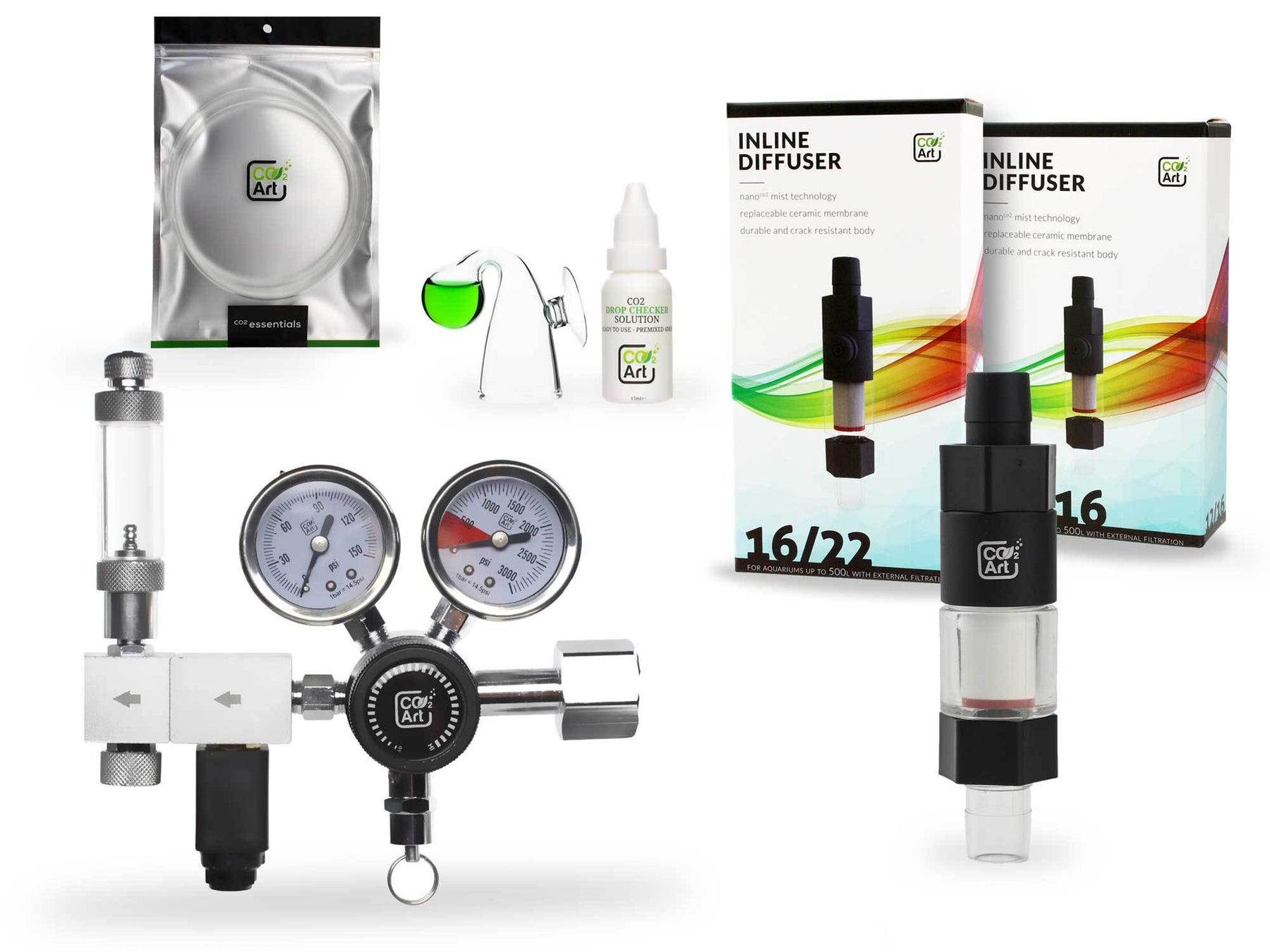How to aquascape a planted tank?
Aquascaping is the art of designing and arranging an aquascape tank to create a visually appealing underwater landscape. Whether you're setting up a planted tank, also known as a planted aquarium, or aiming for a more intricate planted tank aquascape, the principles of balance, perspective, and harmony apply. By carefully selecting and arranging aquatic plants, rocks, and driftwood, aquarists transform planted aquariums into living works of art that mimic natural aquatic environments.
A well-executed aquascape tank enhances the aesthetic appeal of any space while providing a stimulating environment for aquatic life. Beginners often start with simple designs, gradually progressing to more complex layouts as they gain experience and confidence. The creativity involved in aquascaping allows enthusiasts to express their artistic vision, whether through lush planted tank aquariums filled with diverse flora or minimalist setups that focus on naturalistic simplicity.
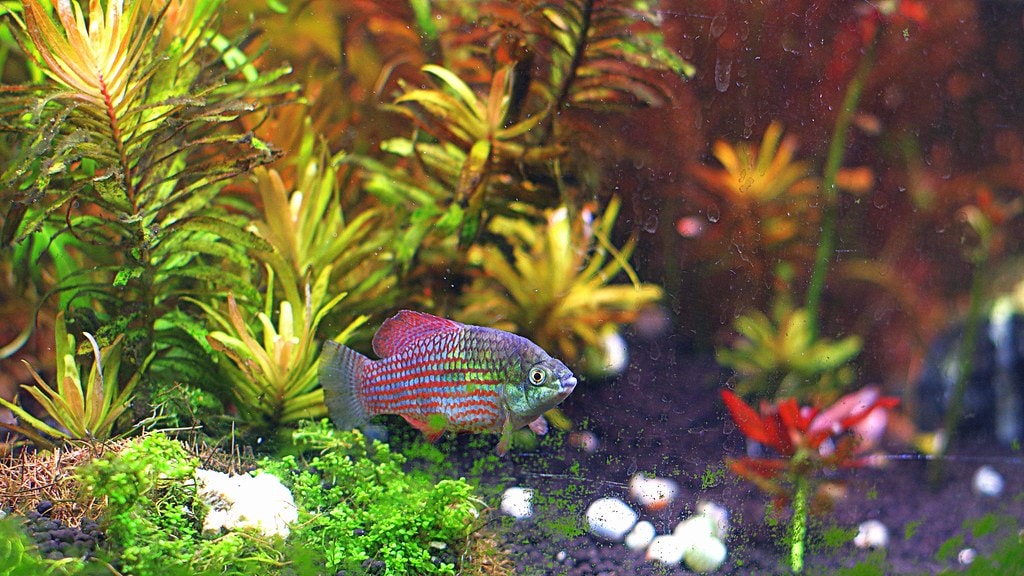
Planning Your Planted Tank
Successful planted tank aquascapes begin with meticulous planning. Consider the dimensions of your planted tank and the style of aquascaping you wish to achieve. Research suitable aquatic plants and hardscape materials that align with your desired planted tank aquarium aesthetics and the needs of your chosen fish species. Sketch out potential layouts to visualize how different elements will interact within your planted aquariums, ensuring a balanced and cohesive design.
Before setting up your planted tank, decide on the focal points and overall theme of your aquascape tank. For instance, a Nature Aquarium style may prioritize natural elements like driftwood and leafy plants, while a Dutch Style aquascape focuses on densely planted areas with contrasting colors and textures. Planning also involves considering future maintenance requirements and the growth patterns of aquatic plants, ensuring the long-term health and sustainability of your planted tank aquascape.
Choosing the Right Plants for Your Planted Tank
Selecting the appropriate aquatic plants is crucial for a thriving planted tank. Determine the lighting and nutrient requirements of potential planted tank aquascape plants to ensure they complement your chosen planted tank aquarium style. Include foreground, midground, and background aquatic plants to create depth and perspective in your planted aquariums, enhancing the overall aquascape tank appearance and providing habitat for fish and invertebrates.
When choosing aquatic plants for your planted tank, consider their growth rate and compatibility with other flora and fauna in the planted aquariums. Low-maintenance species like Java Fern and Anubias are ideal for beginners and require minimal CO2 injection, thriving under low to moderate light conditions. More demanding species such as carpeting plants like Dwarf Baby Tears may require higher light intensity and nutrient supplementation to thrive in your planted tank aquascape.

Hardscape Layout and Design
The hardscape layout forms the foundation of your planted tank aquascape. Choose rocks, driftwood, and other hardscape materials that harmonise with the selected aquatic plants and planted tank aquarium theme. Utilize the principles of design such as the golden ratio and focal points to create a natural-looking planted tank, ensuring a balanced distribution of elements throughout your aquascape tank.
Incorporate hardscape materials strategically to create visual interest and structure within your planted aquariums. Arrange rocks and driftwood to simulate natural formations such as cliffs, caves, or tree roots, providing hiding places and shelter for fish and invertebrates. Experiment with different placements and orientations before finalizing your planted tank aquascape, ensuring the layout enhances the overall aesthetic while promoting optimal flow and circulation in the aquascape tank environment.
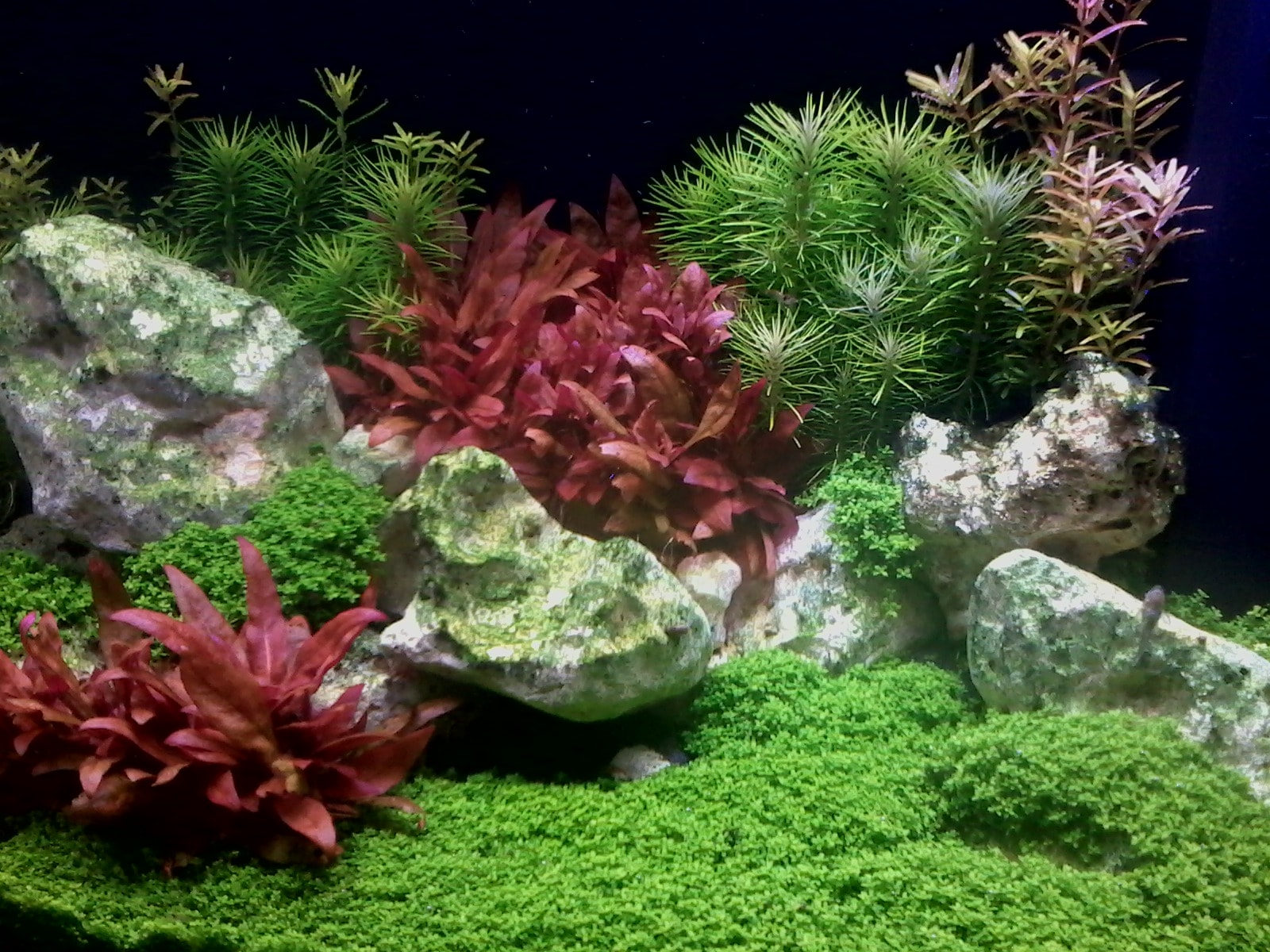
CO2 Injections for Plant Health
In high tech tanks, achieving optimal plant growth often necessitates supplementing with CO2 injections.
A CO2 system equipped with a precise bubble counter and efficient diffuser ensures the consistent delivery of carbon dioxide to aquatic plants. This supplementation enhances photosynthesis, promoting lush and vigorous growth throughout your aquarium tank. Monitoring CO2 levels and adjusting injection rates as needed helps maintain a balanced environment conducive to healthy plant growth.
For low tech tanks, where minimal intervention is preferred, relying on natural CO2 sources such as fish respiration and organic matter decomposition can suffice for certain aquatic plants. However, understanding the CO2 requirements of your chosen aquarium plants is crucial for achieving desired results without excessive algae growth or nutrient deficiencies. Whether opting for high tech or low tech methods, careful management of CO2 is key to maintaining a thriving planted tank environment.
Lighting Requirements for Aquatic Plants
Proper lighting is essential for the health and growth of aquatic plants in your aquarium tank. Different aquarium plants have varying light requirements, ranging from low to high intensity. Choose lighting fixtures that provide sufficient illumination throughout the planted tank to support photosynthesis and ensure healthy plant growth. Consider factors such as light spectrum and duration to mimic natural conditions and optimize aquarium plantdevelopment.
In high tech tanks, where demanding aquatic plants thrive, adjustable LED or fluorescent lights offer versatility in controlling light intensity and spectrum. Implementing a consistent lighting schedule helps maintain a stable environment and prevents algae overgrowth while promoting lush plant growth. Conversely, low tech tanks with less demanding aquatic plants can utilize natural sunlight or basic LED fixtures to achieve satisfactory results. Understanding the specific lighting needs of your aquarium plants ensures a balanced and flourishing aquascape.
Substrate and Fertilization
Choosing the right substrate is crucial for aquarium plants in your planted tank. Opt for nutrient-rich aquarium soilor substrate designed specifically for aquatic plants to promote healthy root growth and nutrient uptake. Layer the substrate evenly across the bottom of your aquarium tank, ensuring sufficient depth for root establishment. Consider supplementing with root tabs or liquid fertilizers to provide essential nutrients like nitrogen, phosphorus, and potassium, which are vital for robust plant growth.
In high tech tanks, where aquatic plants have higher nutrient demands, a comprehensive fertilization regimen is essential. Monitor nutrient levels regularly and adjust fertilization schedules as needed to prevent deficiencies or algae outbreaks. In low tech tanks, choose hardy aquatic plants that require minimal supplementation and rely on organic matter decomposition for nutrient cycling. Balancing substrate choice and fertilization practices ensures a healthy and thriving planted tank ecosystem.

Water Quality Management
Maintaining optimal water quality is fundamental to the health and longevity of aquarium plants and aquatic life. Regular water changes help remove accumulated toxins and replenish essential minerals and trace elements. Use a quality water conditioner to neutralize harmful chemicals such as chlorine and chloramines before adding water to your aquarium tank. Monitor water parameters such as pH, ammonia, nitrite, and nitrate levels to ensure they remain within acceptable ranges for aquatic plants.
Incorporate a reliable filtration system with appropriate filter media to maintain water clarity and remove debris that can affect plant growth. Consider enhancing biological filtration with live plants, which absorb nutrients and produce oxygen, contributing to overall water quality. Avoid overfeeding fish to prevent excess organic waste buildup, which can lead to algae blooms and nutrient imbalances. By prioritizing water quality management, you create a stable environment where aquarium plants thrive and contribute to a balanced aquascape.
Aquascaping Techniques: Nature Aquarium Style
The Nature Aquarium style emphasizes creating a naturalistic underwater landscape that replicates natural habitats. Central to this approach is the use of aquatic plants and hardscape materials to mimic scenes found in nature. Begin by selecting a variety of aquarium plants with different shapes, sizes, and textures to create depth and visual interest. Arrange plants in clusters or drifts to simulate natural groupings and provide shelter for aquarium fish.
Integrate hardscape elements such as rocks, driftwood, and substrate to enhance the natural look of your aquascape tank. Use the golden ratio and focal points to guide your layout, ensuring a balanced and harmonious design. Consider adding natural decorations like mosses and ferns to further enhance the authenticity of your Nature Aquarium. Regular pruning and maintenance are essential to uphold the integrity of the layout and prevent overgrowth, maintaining the aesthetic appeal of your planted tank.
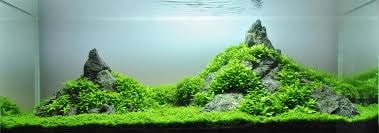
Aquascaping Techniques: Dutch Style
The Dutch Style aquascape is characterised by its dense and orderly arrangement of aquatic plants without the use of hardscape materials. Focus on creating vibrant and colorful displays by selecting aquarium plants with contrasting leaf shapes, sizes, and colors. Arrange plants in strict horizontal and vertical lines to create a sense of depth and structure within your aquarium tank.
Incorporate a variety of aquatic plants with different growth rates to maintain a balanced and dynamic appearance. Regular pruning and trimming are essential to prevent overcrowding and maintain the desired shape of your Dutch Style aquascape tank. Supplement with liquid fertilizers and CO2 injections to support vigorous plant growth and prevent nutrient deficiencies. The meticulous attention to detail and maintenance required for a Dutch Style aquascape ensures a visually stunning and rewarding planted tank display.
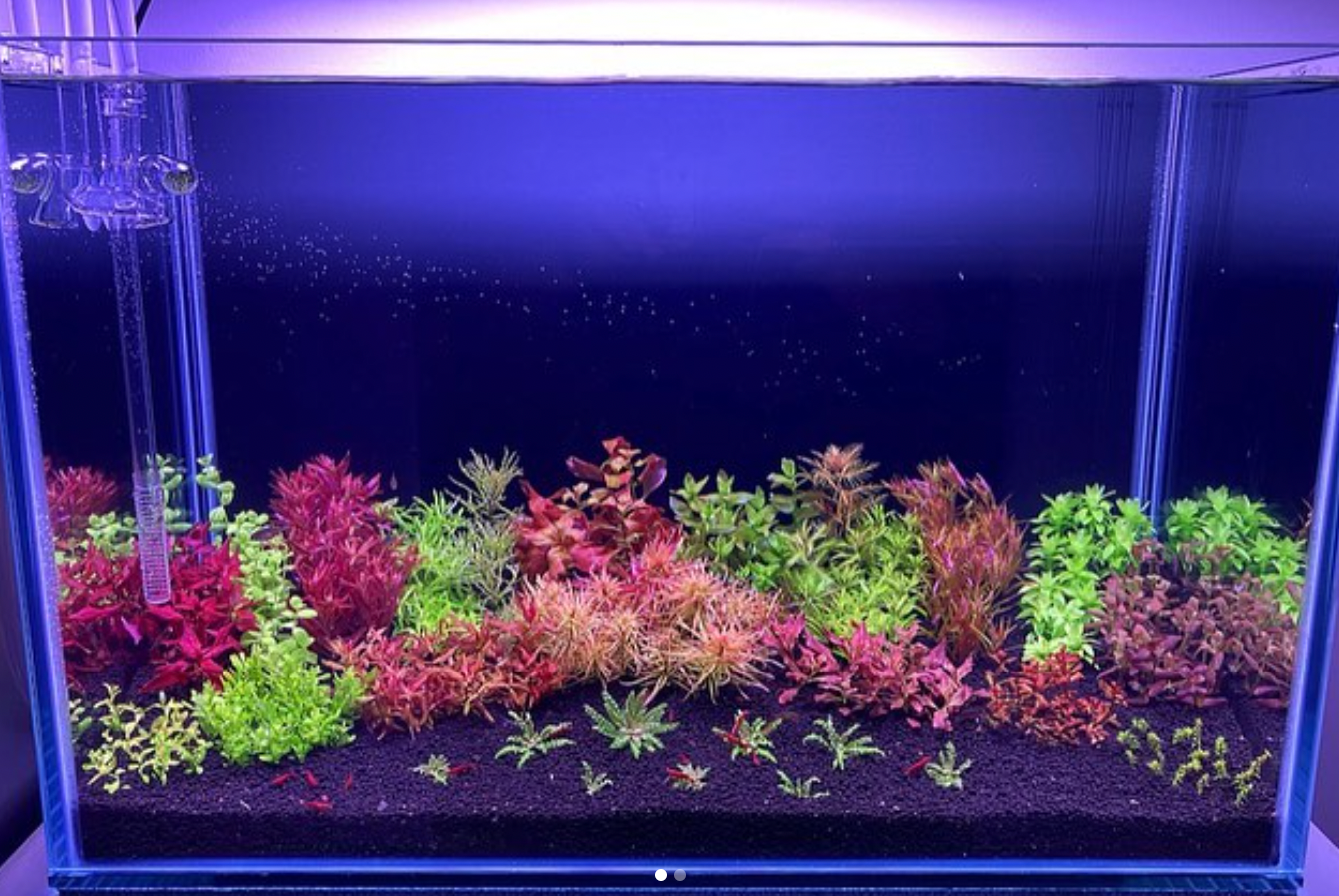
Maintenance and Care
Regular maintenance is crucial for sustaining a healthy and thriving planted tank ecosystem. Perform routine tasks such as pruning aquarium plants, removing dead leaves, and trimming overgrown areas to maintain the aesthetic appeal of your aquascape. Use appropriate tools like scissors and tweezers to safely and effectively manage plant growth without disturbing the substrate or uprooting aquatic plants.
Monitor water parameters such as pH, ammonia, nitrite, and nitrate levels regularly using test kits to ensure they remain within optimal ranges for aquarium plants and aquatic life. Conduct regular water changes of around 20-30% weekly to remove accumulated toxins and replenish essential minerals and trace elements. Clean filtration equipment and replace filter media as needed to maintain efficient water circulation and biological filtration.
Conclusion
In conclusion, aquascaping a planted tank is a rewarding journey that combines artistry with practicality to create a captivating underwater landscape. By understanding the specific needs of aquatic plants and employing appropriate techniques such as CO2 supplementation and proper lighting, you can achieve stunning aquascapes that mimic natural ecosystems. Whether you prefer the lush and serene aesthetics of the Nature Aquarium style or the vibrant and structured appeal of the Dutch Style, careful planning and regular maintenance are essential for long-term success.
Remember to adapt your aquascape over time as aquarium plants grow and evolve, ensuring a balanced and harmonious environment for aquatic life. With dedication and attention to detail, your planted tank can become a centerpiece in your home or office, providing both visual delight and a healthy habitat for aquatic plants and fish tankinhabitants alike. Happy aquascaping!
Meet our bestseller! The Pro-Elite Series Complete Aquarium CO2 System with New Inline CO2 Diffuser!
